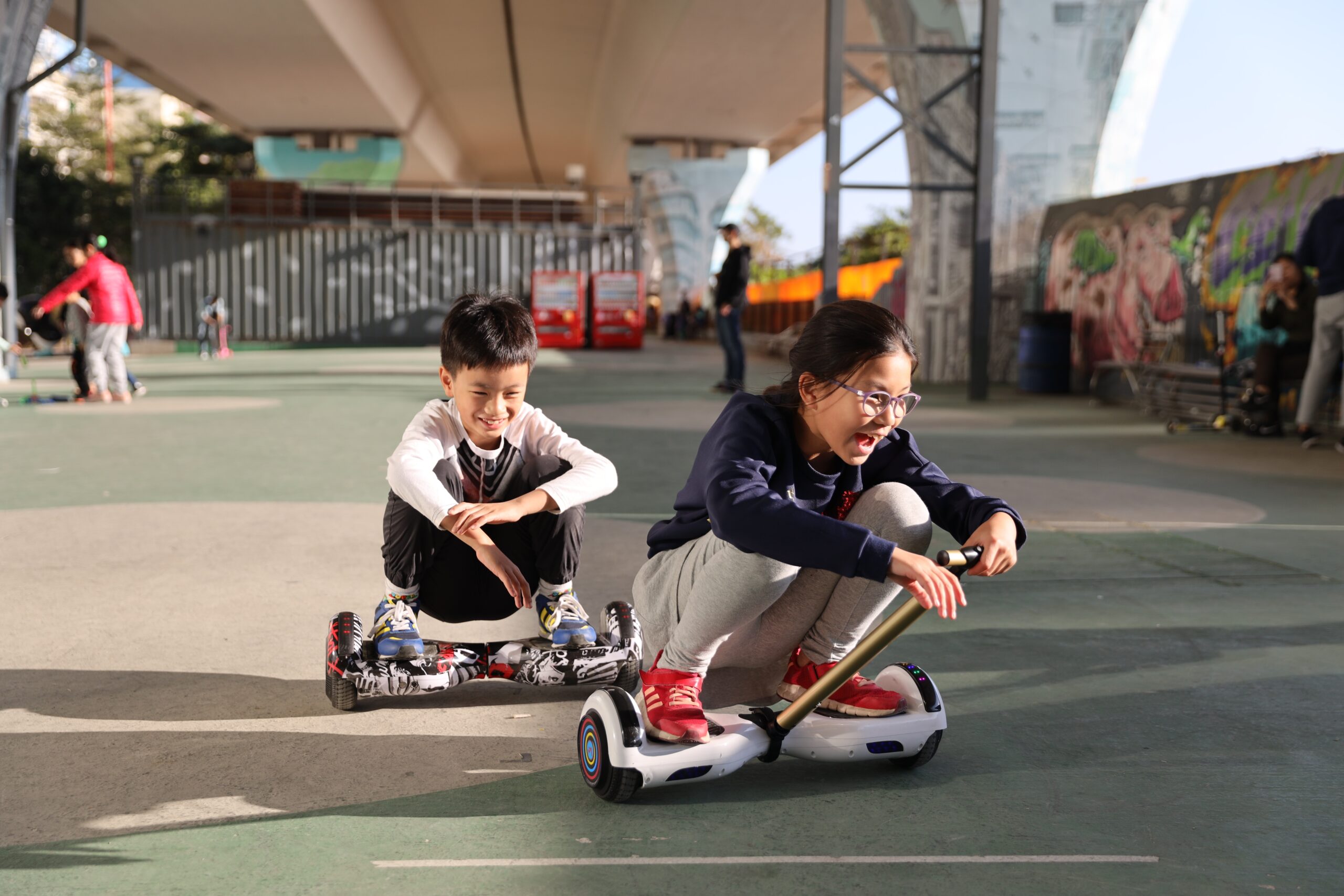Hoverboards have gained immense popularity among kids as a fun and futuristic mode of transportation. However, as a responsible parent or guardian, you may have concerns about their safety. In this guide, we will explore the topic of hoverboards for kids and discuss important factors to consider, including age and maturity, weight and size limits, supervision, safety gear, and training and practice. So let’s dive in and ensure your child’s hoverboard experience is both thrilling and secure.
Age and Maturity
When it comes to hoverboards, age and maturity play a crucial role. While there isn’t a specific age requirement, it’s generally recommended for children above the age of 8 or 10, depending on their individual capabilities. Younger children may find it challenging to maintain balance and control, increasing the risk of accidents. Always assess your child’s readiness and consider their balance, coordination, and judgment skills before allowing them to ride a hoverboard.
Weight and Size Limits
Every hoverboard has weight and size limits specified by the manufacturer. These limits are designed to ensure optimal performance and stability. Exceeding these limits can lead to compromised control and increased chances of accidents. Before purchasing a hoverboard, carefully check the recommended weight and size limits to ensure your child falls within the specified range.
Supervision
Adult supervision is crucial, especially for younger kids or those who are still learning to ride hoverboards. A responsible adult can provide guidance, enforce safety precautions, and quickly address any issues that may arise. Make it a rule that your child should never ride a hoverboard unsupervised, particularly in busy or potentially hazardous areas.
Safety Gear
Ensuring your child wears appropriate safety gear is vital for their protection while using a hoverboard. Equip them with a well-fitted helmet, knee pads, elbow pads, and wrist guards. These protective accessories can significantly reduce the risk of injuries in case of falls or collisions. Emphasize the importance of wearing safety gear at all times when riding a hoverboard.
Training and Practice
Before your child ventures into the world of hoverboards, they should receive proper training and practice sessions. Start in a controlled environment, such as an empty parking lot or a spacious backyard, away from traffic or obstacles. Teach them the basics of mounting, dismounting, accelerating, decelerating, and turning. Encourage regular practice sessions to improve their skills and boost confidence.
Hoverboards can offer an exciting and enjoyable experience for kids, but it’s crucial to prioritize safety. By considering factors such as age and maturity, weight and size limits, supervision, safety gear, and training and practice, you can help ensure your child’s hoverboard adventures are both safe and thrilling. Remember to always prioritize their well-being and provide the necessary guidance and support. Happy riding!
Q: Are hoverboards safe for 6-year-olds?
A: Hoverboards can be risky for 6-year-olds due to their limited coordination and balance. It is advisable to wait until they are a bit older before introducing them to hoverboards.
Q: Can 10-year-olds use hoverboards?
A: Yes, 10-year-olds can generally handle hoverboards with proper supervision and guidance. However, always assess your child’s individual capabilities and maturity level before allowing them to ride.
Q: What are some recommended hoverboards for 11-year-olds?
A: While specific brands and models may vary, look for hoverboards with suitable weight and size limits, adequate safety features, and positive reviews from customers. It’s always a good idea to do some research and read product descriptions and user feedback before making a purchase.













